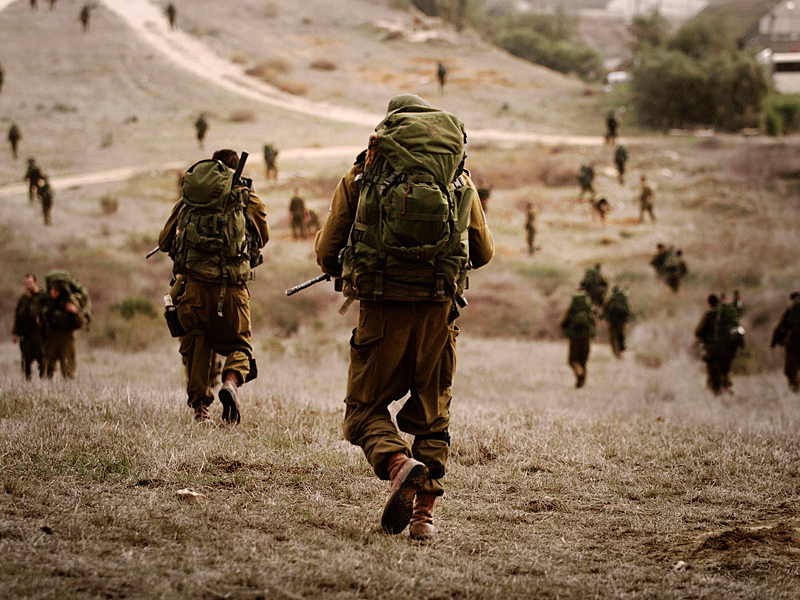I share with you this article written by my son, a combat medic in an elite IDF infantry unit. -S.M.
The sun has almost set behind Mount Gilboa. A light breeze ruffles the stalks of unripe wheat in the fields of the valley. Birds return to their nests for the night. Only the concrete wall surrounding the post reminds me I am in an army base.
“Did you check him before you started treating him?” asks my father, reminding me of the mantra he repeats every Sunday morning before I return to base: “Son, protect our homeland, but first protect yourself.”
During our combat medics course, the first thing we learned was “the protocol,” a set of critical steps one must follow when treating an injured person. We practised it repeatedly in order to avoid going blank in the moment of truth. Step one: take care of your own safety. An injured medic is useless and becomes an additional burden for the fighting unit.
In a few moments of relaxation before our next mission, I pick up a newspaper and glance at the headline: Demonstrations on American Campuses Against Immoral Actions of IDF in the Occupied Territories.
“Walla,” I think to myself. “I would love to be a student on an American campus right now. I could quench my thirst with beer at some university kegger or study in a warm library, instead of going out on a rainy night mission.”
The company commander stands upright and confident before us, repeats the safety instructions for tonight’s operation and reminds us how to react in various situations.
Suddenly, there’s a sharp cry: “Medic!” I react automatically and run towards the call. Just outside the base, I spot two young Palestinians. One is lying on the ground, foaming at the mouth, while the other is running around him hysterically calling for help. I approach him quickly, using the basic Arabic I taught myself from YouTube.
It seems the young man has overdosed. I observe his body language, which signals the urgent need for oxygen. I remove the discharge from the patient’s mouth to try to clear his airways and lungs. And then comes the breath I was waiting for. Like a midwife watching a baby that has just emerged from its mother’s womb, I breathe the first breaths with him.
The commander of the post joins me, and the Palestinian medical team takes over and evacuates the patient to a Palestinian hospital in a Red Crescent ambulance. I fold up the medical equipment that was intended for our night mission and rejoin my unit as we head out.
We return to our base towards morning and I call my parents, knowing they are probably heading to their regular morning workout in the fields. I tell them about the previous night and share the challenges of transitioning between the roles of medic and combat soldier. They listen attentively. After I finish telling my story, my father asks, “Did you check the Palestinian man before you started treating him to make sure he wasn’t booby-trapped?”
After our conversation, I think of the scores of times we practised treating the injured, and each time I made sure I repeated out loud, “The safety of the medic before the safety of the patient.” First comes the medic’s safety, and only then the safety of the patient. I watch the first rays of sunlight that herald the new day and wonder, “Why did I skip that step?”
READ: MELAMED: TIME TO SLOW DOWN AND SMELL THE ROSES
Finally, I come to the conclusion that when I see someone needing help, my first instinct is to give that help. That instinct made me respond immediately while ignoring my training. I promise myself not to make the same mistake again. But I also remember how I was raised, and realize that, in the future, I might once again be liable to violate the protocol, reacting too quickly to care for the injured while forgetting about my own safety.
Author

Sagi Melamed is vice-president of external relations and development at the Max Stern Yezreel Valley College and president of the Harvard Club of Israel. He is the author of Son of My Land and Fundraising.
View all posts







